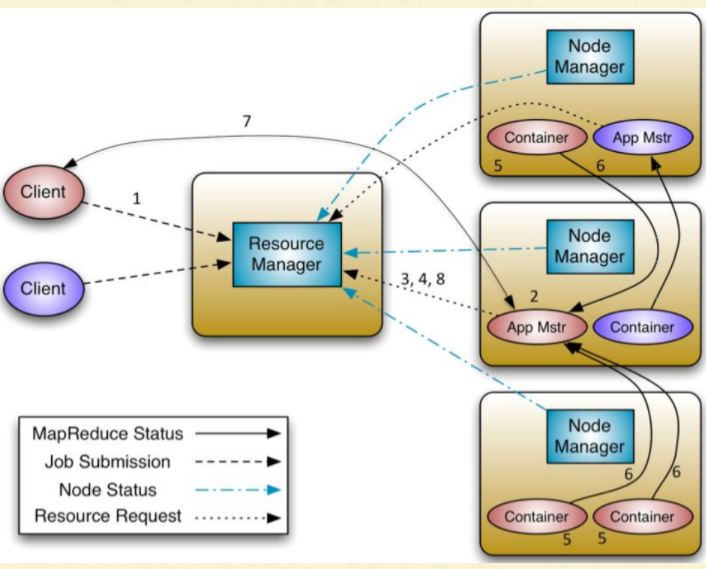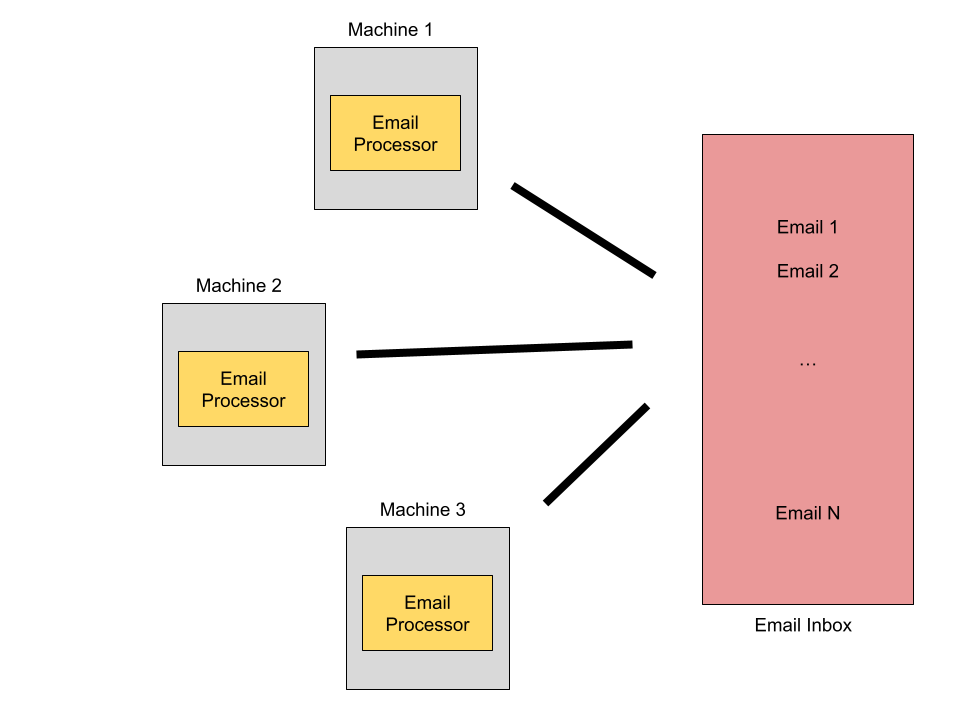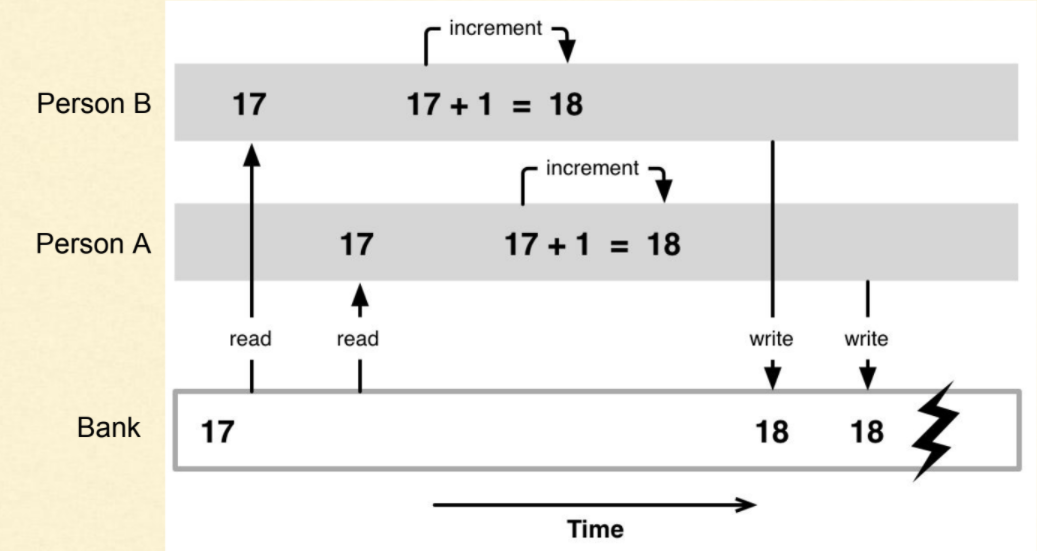When you are running python programs from the command line, you can pass various arguments to the program and your program can handle it.
Here is a quick snippet of code that I will be explaining later:
import sys
if __name__ == "__main__":
print("You passed: ", sys.argv)When you run this program from the command line, you will get this kind of results:
$ python cmdargs.py You passed: ['cmdargs.py']
Notice that the sys.argv is an array of strings containing all arguments passed to the program. And the first value(at zeroth index) of this array is the name of the program itself. You can put all kinds of check on it.




![How to design a large-scale system to process emails using multiple machines [Zookeeper Use Case Study]?](https://cloudxlab.com/blog/wp-content/uploads/2021/05/Untitled-drawing-4.png)



